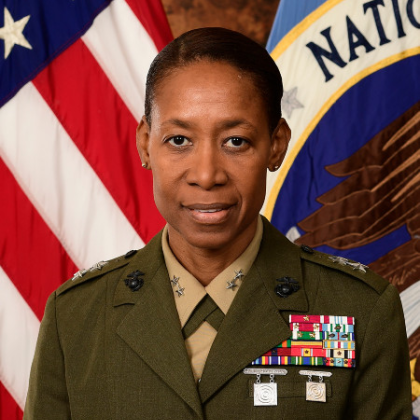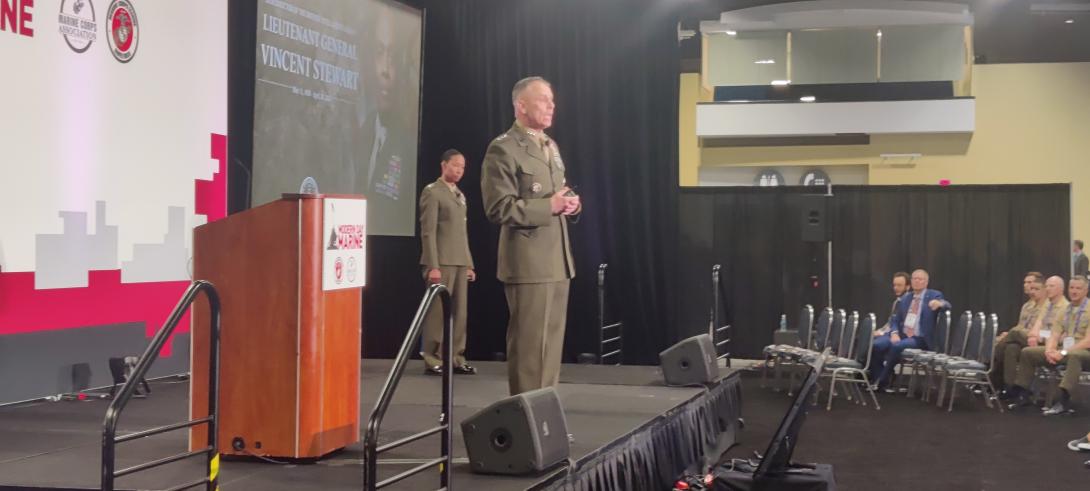Malicious-as-a-Service Is the Cyber Attack Trend
The attack ecosystem grows and online threats multiply as new tools become available for those on the offensive side of cyber warfare.
“We’re seeing a lot of 'as-a-service' models. You can buy malware as-a-service,” said Maj. Gen. Lorna Mahlock, USMC, commander of the Cyber National Mission Force.
Gen. Mahlock underscored that malicious actors in cyberspace are empowered by technology democratization, as well as adversarial nation-states’ involvement in coordination with hacktivists who influence voters and selected target groups.
“The ability to take your data, use it as a maneuver capability, execute kinetic effects and then display it for millions to look at is almost getting routinized. That’s episodic advantage,” said Lt. Gen. Matthew Glavy, deputy commandant, Information, U.S. Marine Corps.
Public opinion effects were underscored, citing Volt Typhoon, a campaign by China-sponsored hackers who attacked critical infrastructure in the United States.
“Open source reporting talks about this actor, China, who has access to our critical infrastructure and some of our key capabilities, not just for foreign intelligence collection but to be able to do a couple of things to foment terror within concrete societal panic,” Gen. Mahlock told the audience during a panel at the Modern Day Marine exhibition in Washington, D.C.

You can have a number of tripwires.
Despite the headlines behind network intrusions, the two speakers at the Fighting Smart panel also showed how defense is keeping apace.
“You can have a number of tripwires, different ways to be able to see adversary behavior in your network,” Gen. Mahlock said. She explained how these traps and honey pots are laid out and how data collected from adversarial maneuvers is then analyzed to further reinforce the attack surfaces.
Modern Day Marine is a yearly event organized by the Marine Corps League and Marine Corps Association.





Comments